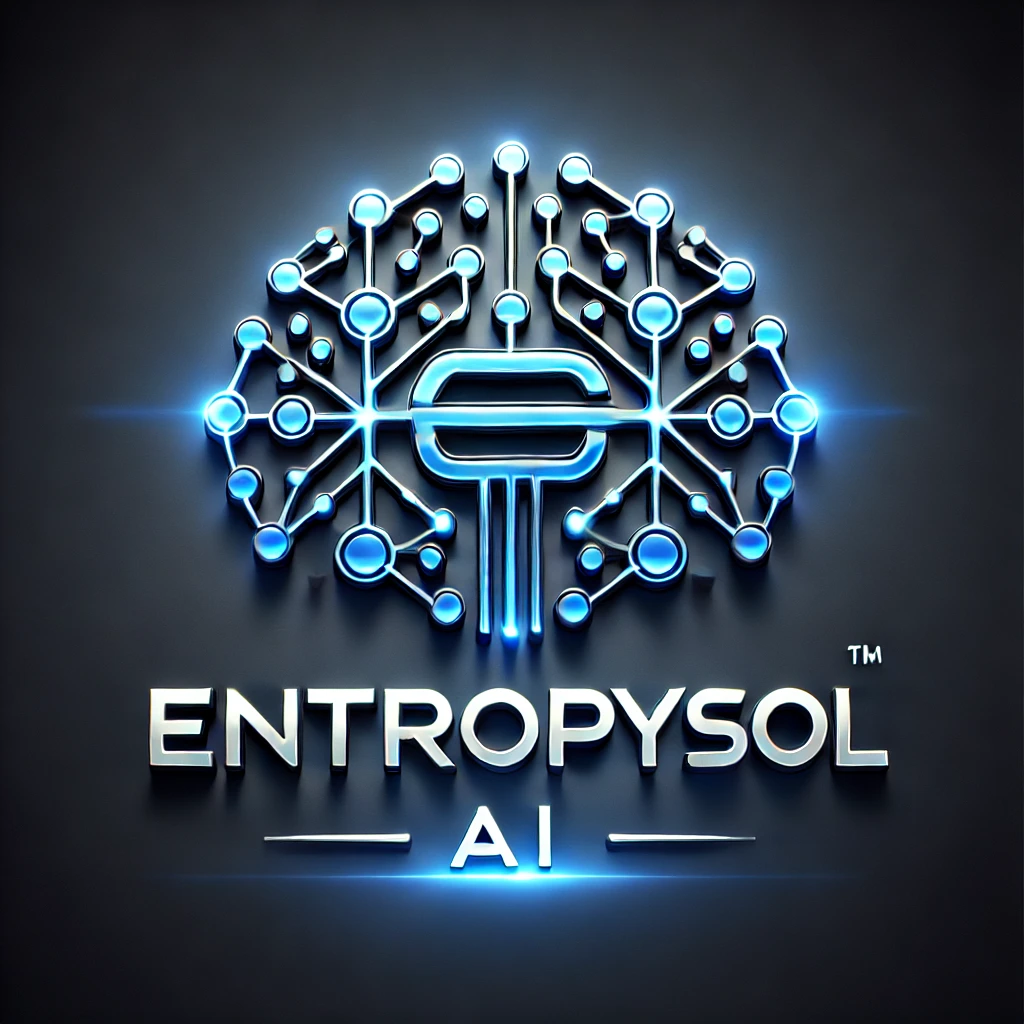The landscape of artificial intelligence is constantly evolving, and a revolutionary concept known as Foundation Models is rapidly reshaping its future. These incredibly large, pre-trained AI models are not just another step forward; they represent a paradigm shift in how AI systems are developed and deployed. Their remarkable versatility and ability to adapt to a wide array of downstream tasks are unlocking unprecedented possibilities across industries.
What Exactly Are Foundation Models?
Foundation Models are large-scale AI models, typically based on deep neural network architectures like Transformers, that are trained on vast amounts of unlabelled data from the internet. The “foundation” aspect comes from their ability to serve as a base for numerous specific applications. Instead of building a new AI model from scratch for every task, developers can “fine-tune” a pre-trained foundation model for specialized purposes.
Key characteristics of these models include:
- Scale: They are trained on exceptionally large datasets, often encompassing text, images, code, and more.
- Pre-training: They undergo extensive self-supervised pre-training, learning general representations and patterns.
- Adaptability: They can be adapted (fine-tuned) to perform a wide range of specific tasks with minimal additional training data.
- Emergent Capabilities: As they grow in size and complexity, they often exhibit unexpected capabilities not explicitly programmed, such as reasoning or multi-step problem-solving.
How Do Foundation Models Work?
The training process for foundation models is a monumental undertaking. They leverage self-supervised learning, where the model learns by predicting masked words in text or missing parts of images, thereby creating its own labels from the input data. This allows them to process and learn from immense volumes of raw, unlabeled information.
Once this extensive pre-training is complete, the model has learned a rich, general understanding of the data’s structure and semantics. This knowledge can then be transferred to specific tasks through a process called transfer learning. For example, a language foundation model trained on billions of text documents can be fine-tuned with a smaller, specialized dataset to perform tasks like medical text summarization or legal document analysis.
Why Do Foundation Models Matter So Much?
Foundation models are significant for several reasons:
- Democratizing AI: They make powerful AI capabilities accessible to more developers and organizations, reducing the need for massive datasets and computational resources for every new application.
- Versatility: A single foundation model can be adapted to hundreds of different tasks, driving efficiency in AI development.
- Accelerated Innovation: They provide a strong starting point, allowing researchers and practitioners to focus on fine-tuning and application-specific challenges rather than building models from scratch.
- New Capabilities: Their emergent properties open doors to previously unattainable levels of AI performance in complex areas.
Key Examples and Applications
Perhaps the most well-known examples of foundation models are Large Language Models (LLMs) like OpenAI’s GPT series (e.g., GPT-3.5, GPT-4), Google’s BERT, PaLM, and Gemini, and Meta’s Llama.
Their applications are vast and rapidly expanding:
- Content Generation: Drafting emails, articles, creative writing.
- Code Generation: Assisting programmers in writing and debugging code.
- Information Retrieval: Enhancing search engines and question-answering systems.
- Data Analysis: Summarizing reports, extracting insights from unstructured text.
- Medical Diagnosis: Assisting doctors with research and preliminary diagnoses.
The Future with Foundation Models: Opportunities and Challenges
Foundation models are undeniably pushing the boundaries of AI, promising a future where intelligent systems are more adaptable and pervasive. However, their development also brings forth challenges related to their immense computational cost, potential for bias, and critical ethical considerations surrounding their deployment. Despite these hurdles, foundation models are poised to be a cornerstone of AI innovation for years to come, fundamentally changing how we approach problem-solving with machines.
